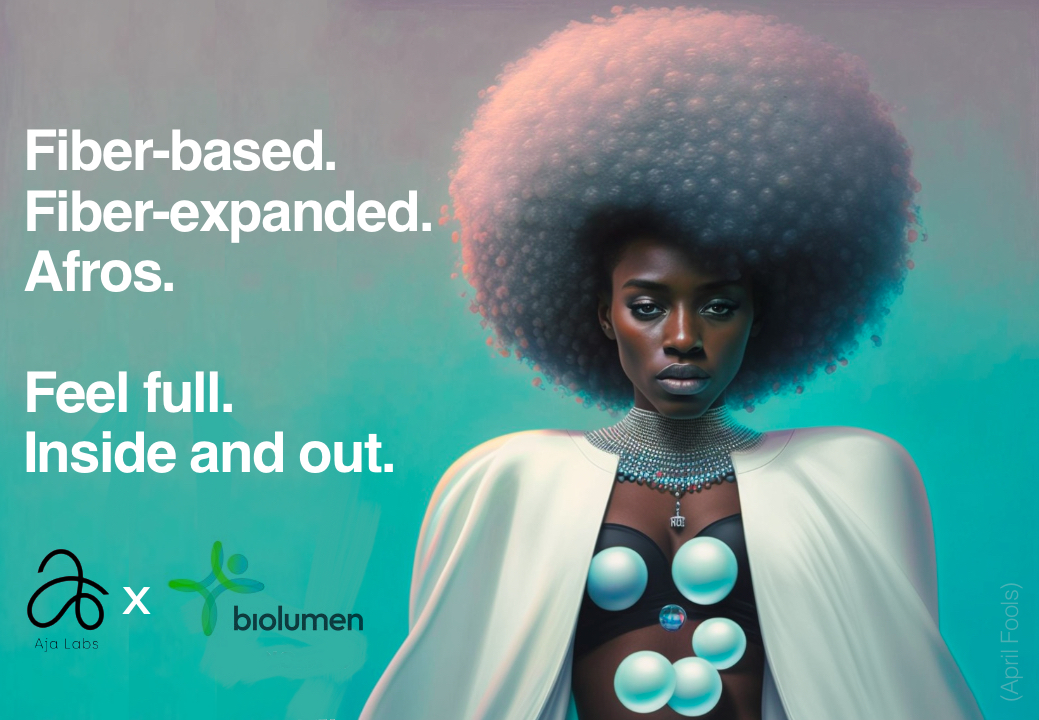San Francisco, CA—SOSV/IndieBio, a leading venture capital firm focused on deep tech investments, is proud to announce several collaborations between its 200+ portfolio companies. The firm’s investments have been at the bleeding edge of innovation, and these collaborations further highlight the ingenuity of its founders and the potential for revolutionary new ideas.
“We crowdsourced ideas from our 6000-member community on what they think will be the next trillion dollar idea,” said IndieBio’s managing director. “We are so excited to see what will come out of these projects.”
Below are 3 collaborations that are coming out of stealth on April 1st, 2023. “People don’t know what they want until you show it to them,” said a general partner at the firm. “I think that Steve Jobs said that… or was it Michael Scott?” SOSV IndieBio was the first VC to invest in cultivated meats back in 2015 with Memphis Meats (now Upside Foods) and has been continuously funding the boundaries of innovation.
Sundial Partners with OneSkin to make plant-based chicken wings with youthful skin

Sundial Foods, known for making plant-based chicken with “chicken skin”, raised $4M just mere months after graduating from IndieBio and is now pursuing innovations that will keep them ahead of the curve. That’s why they’ve sought the expertise of fellow IndieBio alum, OneSkin, a longevity company focused on cosmetics. Their anti-aging peptides, OS-01, have been a trusted cult-favorite among anti-aging cream connoisseurs and have been clinically validated to improve barrier function, firmness, elasticity, and hydration of the skin by reducing DNA damage and prevents cellular senescence. Sundial wants these benefits, but for their plant-based chicken skin.
“We got into this business to make plant-based chicken wings, not plant-based crow’s feet,” said Sundial Foods CEO Jessica Schwabach. “When you bite into aged skin, even if it’s plant-based, your mouth immediately gets the sense that it’s not premium… Youthful skin is how we’ll maintain our market leadership.”
For OneSkin, this collaboration is more than just making food look youthful, it’s also about delivering the anti-aging benefits to the customer as well. “This is an excellent partnership for us to expand beyond topical applications, because it allows us to explore whether we can use our peptides to confer longevity through our food,” says OneSkin CEO Carolina Olveira, PhD. “Sundial is the ultimate wingman.”
Aja Labs partners with Biolumen to make next-gen fiber-expanded afros

Aja Labs, a black-owned North Carolina based materials innovation company redefining the future of synthetic bio-based fibers, starting with plant-based hair extensions, has just launched pre-orders for their first brand, Nourie, where consumers can buy hair extensions that provide a patent-pending nutrient complex that nourishes the scalp. Early users are excited, but one product category that is missing is the afro extension.
That’s why Aja Labs teamed up with fellow IndieBio alum, Biolumen Technologies, a San Francisco based foodtech who recently launched their proprietary dietary fiber that expands 40 times its original size, eats sugar in your gut, reduces calorie intake, promotes a healthy gut, and improves metabolic health. The partnership aims to explore how their fiber can be integrated into Aja’s plant fiber-based hair product for supra-maximum volume.
“We’re currently exploring how Biolumen’s expansive fiber technology can be embedded in our nutrient complex to help our users feel the authentic experience of having the perfect 70’s inspired afrofuturistic ‘fro,” says Aja Labs CEO Osahon Ojeaga.
“Our consumers say they feel full after eating our proprietary dietary fiber, it’s so obvious we can make your hair feel full, too. It’s a match made in heaven,” says Biolumen CEO Paolo Costa.
Dandelion partners with Lypid to make ultra-specific LNPs targeting body parts

Dandelion Therapeutics, known for using AI to hunt for organ-targeting lipid nanoparticles (LNPs), has recently expanded their ambitions to hunt for even higher resolution of drug targeting within the body. LNPs are notorious for just being shuttled to the liver, which is why Dandelion’s pursuit of finding LNPs that target other organs is catching the attention of top investors. The goal of this new venture is to find LNPs that target specific body parts, such as the upper back, or the ankles, not just organs.
Dandelion recently launched a new joint venture with Lypid, a San Francisco based foodtech company that makes vegan fats with enhanced mouthfeel and taste (raised $4M last year). The project (nicknamed “Lardona”) spawned from the insight that foods seem to accumulate in specific body parts (e.g. “bacon goes straight to my thighs!”).
“Dandelion’s AI is advanced enough to ingest and make sense of very complex chemical datasets, and we have a real opportunity to leverage food’s chemistry in our biological systems,” says Dandelion CEO Payam Koshkenar.
About SOSV and IndieBio
SOSV (parent of IndieBio) is a leading venture capital firm focused on deep tech investments. The firm’s portfolio companies are at the forefront of innovation, working on groundbreaking technologies in areas such as biotech, AI, robotics, and more. With a track record of successful exits and partnerships, SOSV is committed to supporting radical new ideas and the founders behind them. Visit indiebio.co or sosv.com to learn more and partner with top tier investors. .
